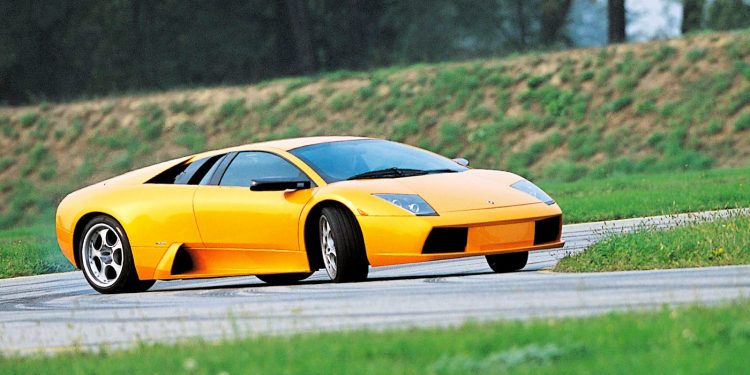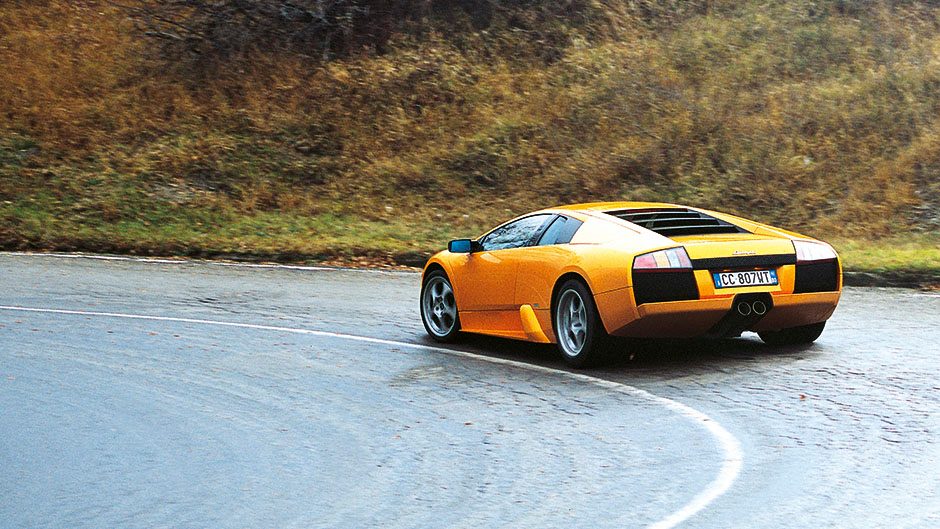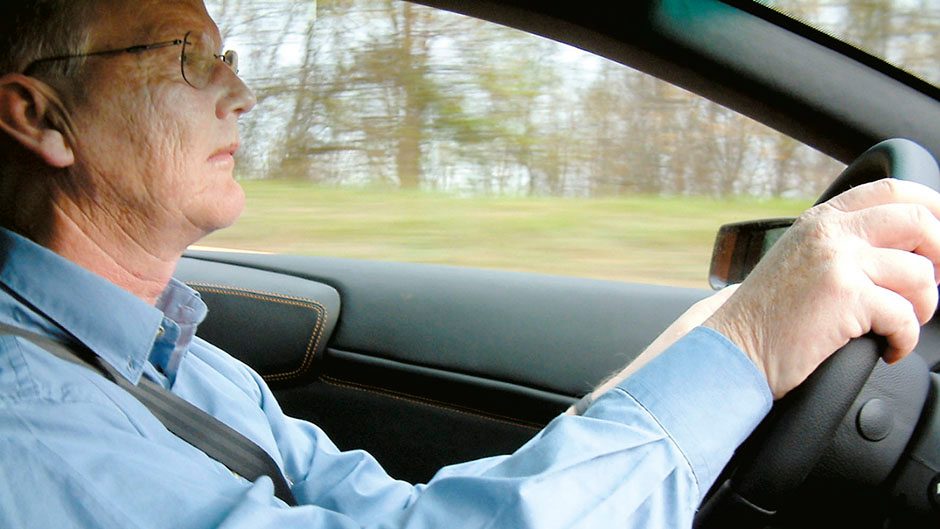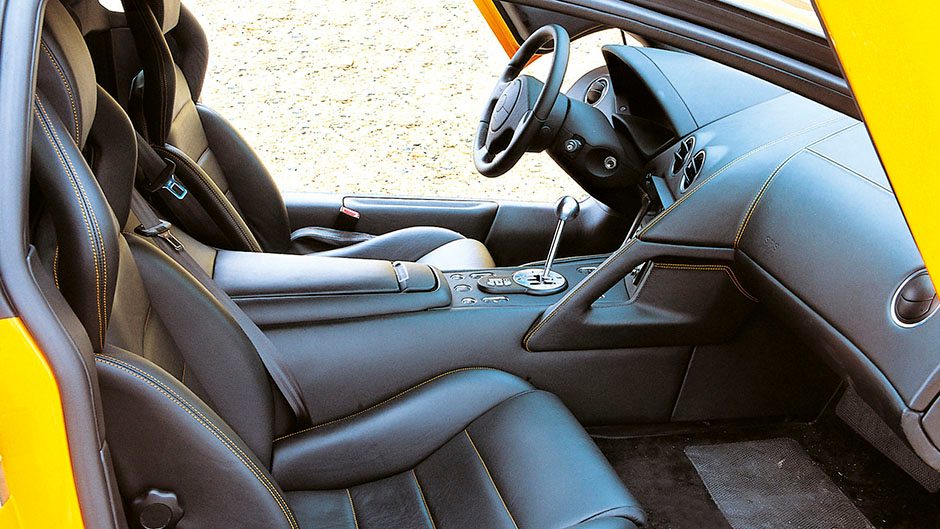2003 Lamborghini Murcielago review
Words Paul Owen | Photos PO/Supplied
For motoring scribes. NZ Autocar became the first New Zealand publication to make the pilgrimage for a drive of the Murcielago.
The not-so-straight country roads linking Lamborghini’s base in the village of Sant’ Agata with the Apennine mountains are infamous. For decades, visiting journalists have blasted Lambo’s V12 supercars up to speeds in excess of 300 km/h on these narrow, two-lane roads populated with trucks – and wheezing Fiat Pandas struggling to overtake them. It was at this altar of speed that Car and Driver’s first worshipful contact with the Lamborghini Countach occurred, which in turn inspired a memorable mainstream 60 Minutes TV documentary on CBS. It was the latter that really put Lamborghini on the US buyer’s radar screen. Driven by statements like “One should drive a 12-cylinder supercar at least once in one’s life”, US sales soared after the documentary went to air in the late 1970s, to the point that almost half Lamborghini’s annual production is now sold there.
Now that New Zealand is also one of Lamborghini’s official export markets, it is time for my own V12 supercar rite of passage on roads that I distantly recalled in ancient Car and Driver spreads as hideously blurred tarmac beneath the Countach’s wheels. My first accomplice in speed crime is Moreno, Lamborghini’s test driver; the second is the orange Murcielago whose keys I now clutch. As the three of us get acquainted, I notice with some dismay that the road where the Countach exceeded 200 mph for the 60 Minutes cameras now wears a 50 km/h speed limit. “They put the signs up a few months ago, but it’s okay if no one is looking,” says the man in black to my right, sounding suspiciously like the devil.
Moreno is hinting to me that it’s time to stop pussyfooting around with the 426 kW 6.0 litre V12 at our backs, that this is an opportunity to unleash the hounds of hell. Meanwhile the imaginary angel on my left shoulder is recalling the speed limit, and the Uzi machine guns the terror-aware Italian police now tote. “Wonder what the penalty for 300 km/h in a 50 zone is?” she softly whispers to the logical left side of my brain. However, reason has no place in a Lamborghini cockpit. In the interests of science, the throttle is mashed into the firewall…

…Next thing, it was 1957. Metaphorically that is. For if you want the best impression of the Murcielago’s outrageous turn of speed, put ‘Back to the Future’ on the video and run the sequences of time travel in the DeLorean on fast forward. Even then, you’ll get some feel merely for the speed of the Lamborghini, none of its special sound effects. Tractable and tame at 2500 rpm, the V12 goes ballistic at 4500, clearing its throat as it extracts millions of kilojoules from a torrent of petrol, before forging them into 426 kilowatts in its 12-cylinder furnace. At the 7500 rpm power peak, the V12 sounds like Carreras, Domingo and Pavarotti singing a three-part harmony after snorting laughing gas, but the power it makes is deadly serious. Three quick shifts later and there’s 250 km/h on the speedo in what feels like less than 10 seconds.
I back off at this point, to Moreno’s just audible sigh. We’re now heading out of Supercar Valley – that flat plain between Bologna and Modena where Ferrari, Lamborghini, Edonis and Pagani build the fastest road cars on the planet – and into the Bolognese Apennines. Moreno is directing me towards his favourite test road, a snaky little number leading to picturesque mountain villages, where lie the corners that were once used to refine the chassis of cars such as the Countach and Diablo. Ferruccio Lamborghini in fact turned a negative into a positive by declaring that his company’s lack of a test track ensured that the cars were always designed for the road. These days, Lamborghini has access to Audi’s comprehensive test facilities near Regensberg, Germany, and the Murcielago was the first Lambo to benefit from this more focused test regime. And it shows. There’s a slight drizzle falling, the rain getting heavier as the altitude increases. The road surface isn’t just lubricated either: there are frost cracks all over blind, pockmarked bends with suddenly changing camber and radii. Moreno tightens his grip on the passenger door handle…
He need not have worried, for never has 571 bhp been so controllable on a dodgy road surface. The first line of defence against skidding is the absorbent double-wishbone suspension and the electronically monitored adaptive dampers, the second is the sticky gumball tyres (245/35ZR18 fronts followed by massive 335/30ZR18 rears), while the third is the Murcielago’s adaptive 4wd powertrain. We’re alternating between the second and third of the manual gearbox’s six speeds, keeping the V12 operating in its fast and furious zone; however, as torque of up to 650 Nm gets distributed to the specially developed Pirelli P-Zero tyres, the only effect is the occasional slither. There’s the odd spin of an inside rear wheel, but that’s all the drama that’s happening today. If it weren’t for the more direct steering of a true sports car, it’d be easy to imagine that this was an Audi RS6 confidently railing through the bends. After the first series of hairpins, Moreno is more relaxed. He had been under instructions to take over if rain eventuated, but is happy to let me hog the steering wheel.
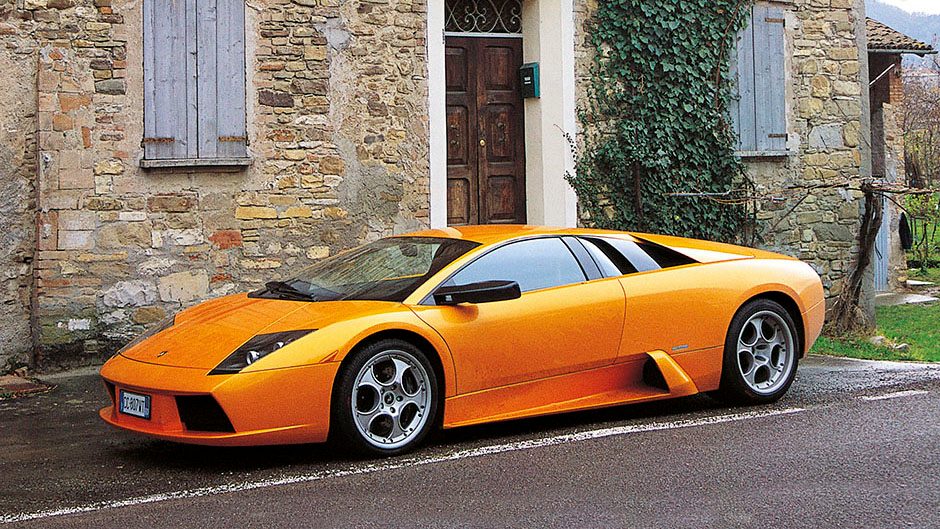
Yet the surprise isn’t that the Murcielago can retain its composure on road conditions that should have turned it into an intimidating monster. It’s that this is the first Lambo where the engine hasn’t completely dominated the rest of the car. The motor is as loud and rambunctious in the upper rev range as the similar V12 fitted to the Diablo, and while it can make the stereo inaudible at times (the cacophonous induction noise is a constant, but never unwanted, companion), the other dynamic components of the car work in complete harmony with it. Chucking the car in hard results only in a little initial understeer, easily neutralised by a bit of throttle play or a quick flick of extra steering lock. With the push snuffed out the Murcielago hooks up and inhales the short straight leading to the next bend. On serpentine tar such as this, the 650 Nm of twist ensures that the time the wheel is held at dead centre is kept to the barest minimum.
Aided by the strong, resilient brakes, we descend back into Supercar Valley to keep an appointment with a Lambrusco-lubricated lunch in the factory canteen. Demons exorcised, it’s time to put the Murcielago into cruise mode, and take stock of what Audi has accomplished in the first Lamborghini developed under its control. The best part is that in its achievement of a greater level of owner friendliness the car hasn’t lost any of the emotive Latin character that personifies an Italian supercar. Not only is the carbon-fibre-bodied Murcielago a lot lighter than the devilish car it replaces, it gives every hint that it will be more durable over the long term.
Where a Diablo wasn’t a particularly good choice as an everyday drive, the Murcielago could be used in a Porsche-like fashion. For no longer are there any noticeable flaws and faults for the faithful to dismiss as added character. The six-speeder shifts with accuracy and precision once you’re used to the traditional slotted gate, those over six foot in length can now get comfy in the driver’s seat, and the pedal ergonomics now longer require the deft touch of a ballet dancer. Up front, the luggage compartment shames most other mid-engined cars for room. There’s even a modicum of rear visibility on offer these days – no more bum-on-door-sill reversing! Audi deserves further kudos for persevering with the scissor doors that have defined every Lamborghini supercar since the 1971 Countach, for a move to more conventional openings might have been a step too far towards the mainstream. Besides, who needs a gym membership when there’s an inbuilt apparatus to keep you fit?
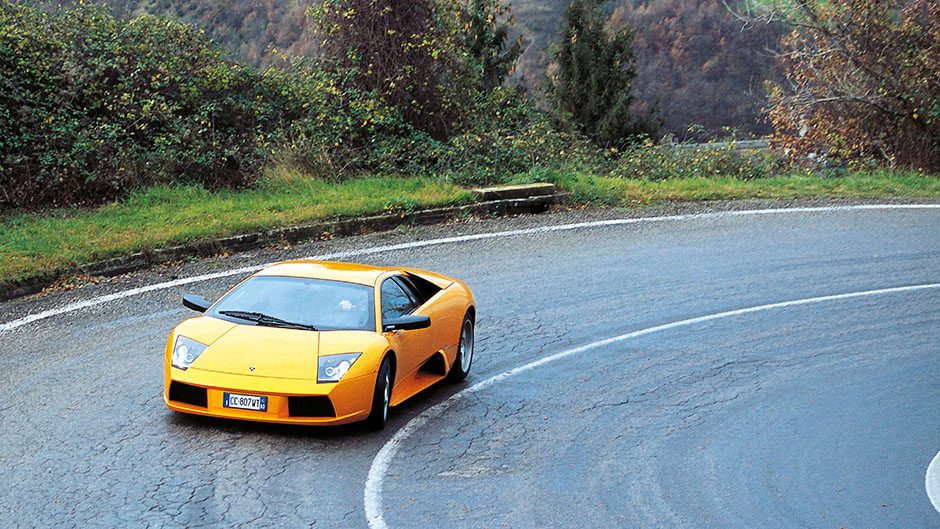
With familiarity, getting in and out is relatively easy. First, find the door handle (you push on a slot mounted on top of the door’s muscular shoulder and up pops a lever). After the gas struts help raise the door, you place one hand on the roof and one on the door, vault across the wide sill, then drop into the deep bucket seat. Only a thin layer of padding greets the body on landing, but once you’re in place, the laid-back and low driving possie feels comfy and supportive.
Which is just as well, for once you get into the Murcielago you don’t want to get out. As we turn into the factory gates, I thank Moreno for letting me maximise my time at the wheel. “That’s ok, I get to test drive a Lamborghini most days,” he replies. And people think car magazine editors have the perfect job.
| Model | 2003 Lamborghini Murcielago | Price | $540,000 |
| Engine | 6192cc, V12, EFI, 426kW/650Nm | Drivetrain | 6-speed manual, all-wheel drive |
| Fuel Use | XL/100km | C02 Output | Xg/km |
| 0-100km/h | 3.9sec | Weight | 00001650 |


